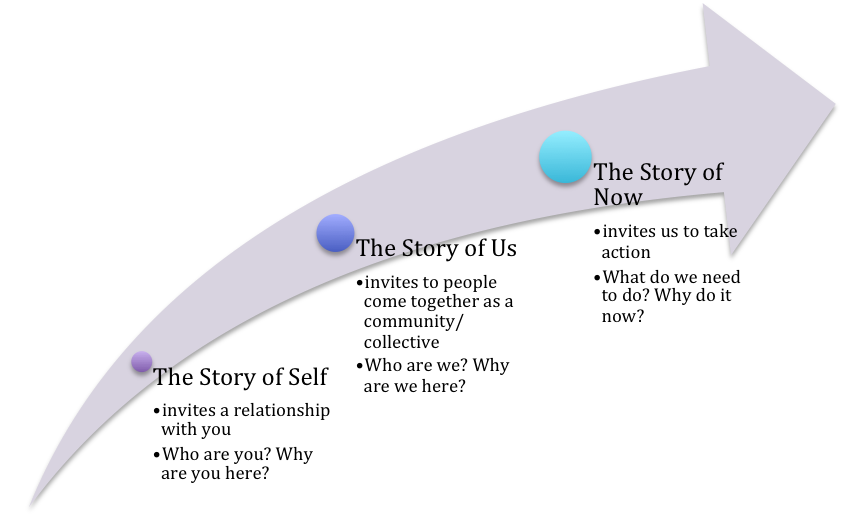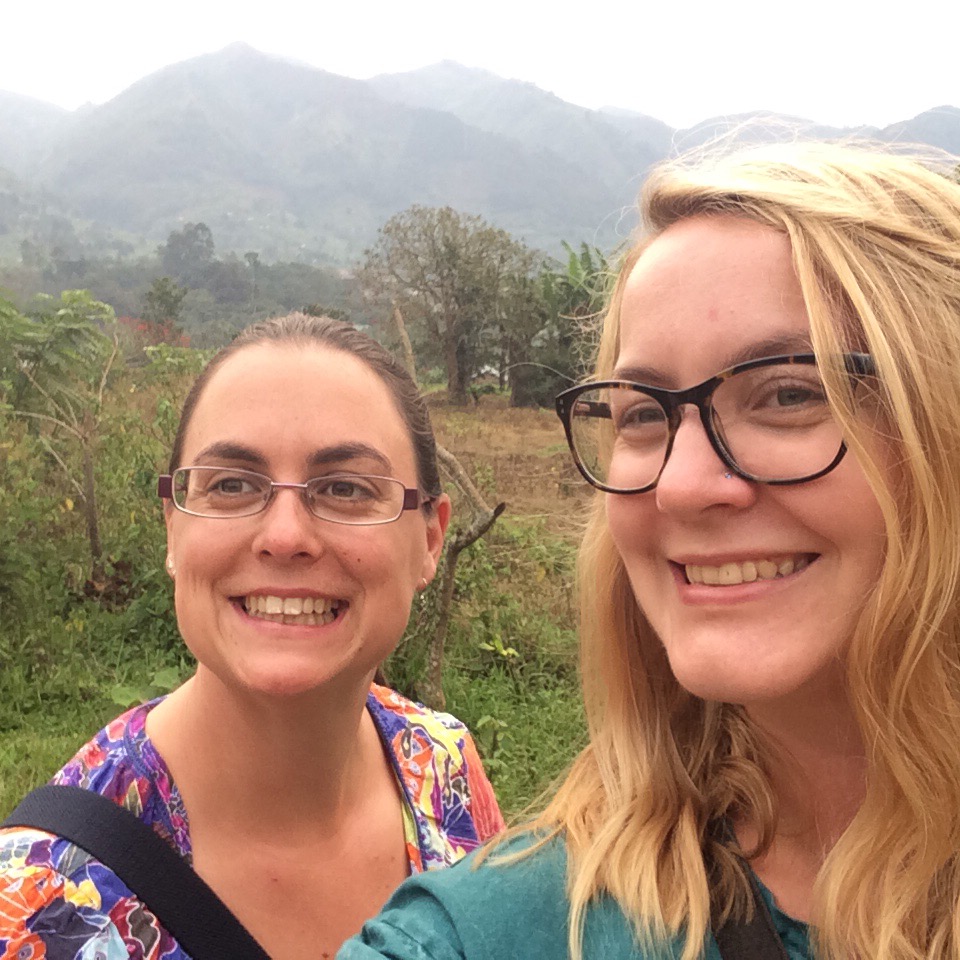Recently I had the pleasure of travelling to Portugal to teach on a Healthcare Leadership School and exploring my passion for narrative as a leadership philosophy and methodology. Here is the first in a series of posts about this experience!
A crash course in using public narrative to translate values and inspire change
We delivered this component of the course for the first time this year, as a “red line” or unifying thread running through the 3 pillars connecting the self, to the broader healthcare community and the change that we want to see. We did so because we are passionate about narrative as a tool for social change and feel that it is particularly relevant and important skill for healthcare leadership in these troubled times in healthcare, locally, nationally and internationally! We need to re-motivate disenfranchised staff and patients, and call them to our cause, unite our divided factions and inspire action for change!
Certainly we do not claim to be experts, merely passionate amateurs! Most of our learning on this topic has been drawn from observation and interaction with some of the great modern masters of public narrative, such as the awe-inspiring Marshall Ganz, a lecturer at Harvard on Social Organising and the seasoned narrator and healthcare innovator Donald Berwick.
Stories are a part of who we are a human beings. Since man first began to communicate he has done so with stories… from the earliest cave paintings to the first foundations of primitive religions, we have used stories to share knowledge and beliefs. Stories enable us to translate values, that are more than just simple statements but living breathing entities that can be enveloped and owned by the mind of the listener or reader.
Books, films, theatre, art, religion, dance… we are fascinated an obsessed with these storytelling mediums and construct huge swathes of our lives and communities around them. We are all looking for advice and insight into how best to live our lives, how best to survive in this oft confusing and challenging world we inhabit. We are searching for meaning in both the mundane and the chaotic. Stories can teach us:
Stories are what people connect with. They’re what people remember.
The audience connects with the teller of the story, they empathise with their human challenges and begin to FEEL not just understand what is happening.
The topic can be broken down into three core elements, each of which perfectly underpinned the three HLSS pillars.
Each of us has stories that can move others. As you learn this skill of public narrative, you will be able to take stories from your life, from your audience’s history and from what is currently facing us, and structure these into a complete and compelling public narrative.
What is unique about storytelling is that it engages both sides of the brain, requiring us to process words, fact and rationality, whilst our imagination is asked to fill in the gaps and inspire emotions and feelings.
Our values are related to others as memorable identifiable ideas of common human interest. This idea of using stories for social learning has been around for centuries and has been used by religion and leaders throughout human history to convey messages and lessons. Telling people what is right or wrong is not as effective as showing them through stories and tapping into their emotions. Let us look at an example of patients and the issue of compliance with medication or lifestyle advice. In you professional experience is a patient more likely to listen to a factual statement you give them or the story of their friends experience? Imagine this common scenario… you have been telling someone for years to change a habit or lifestyle, then their friend has an heart attack and suddenly they cannot get enough of lifestyle advice and are wondering why no one pointed these dangers out to them before!
Consider how we teach children in their early years, through fairy tales and children’s story books… we don’t expect a child to understand the factual dangers of talking to strangers, but we know that through tales such as “Hansel & Gretel” and their encounter with the evil witch that the message will get through. This works because values are translated through feelings, not thoughts… we don’t think values, we feel them!
Effective leaders employ both the “head” and the “heart” in order to mobilise people to act. In other words, they engage people in interpreting the “why” and the value of a strategy.
Such leaders understand that to successfully call us to action, we must first understand that we need to change our world (the motivation, the “why”, the shared value) to enable us to care enough to truly listen to what we should do to change it (their strategy, the “how”, the shared action).Many leaders are often good at the analytical side and thus focus on presenting a good argument or strategy. Alternately, other leaders are more comfortable focusing on telling us their personal story, but it is often a tale of heartbreak that educates us about the challenge but doesn’t highlight the choices and the potential for hopeful outcomes. The art of public narrative is to tell a story that involves the head AND the heart AND moves people to action.




